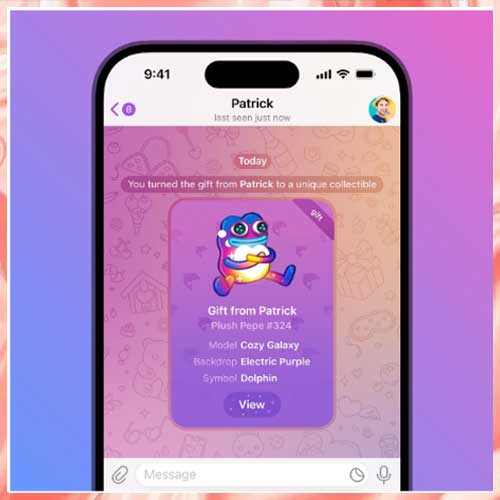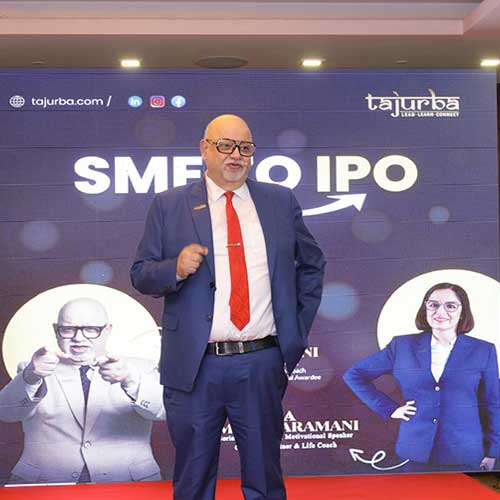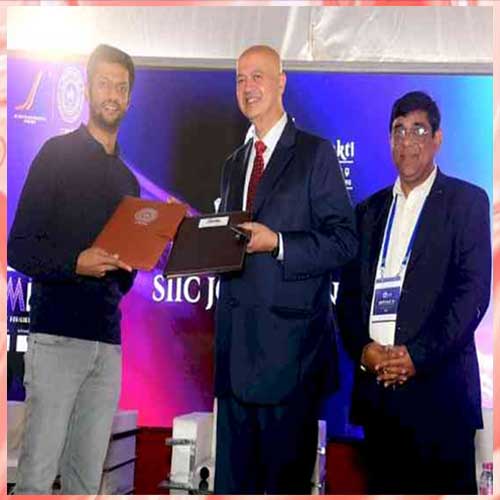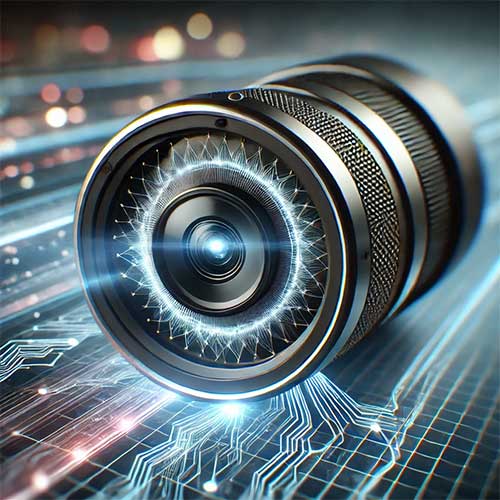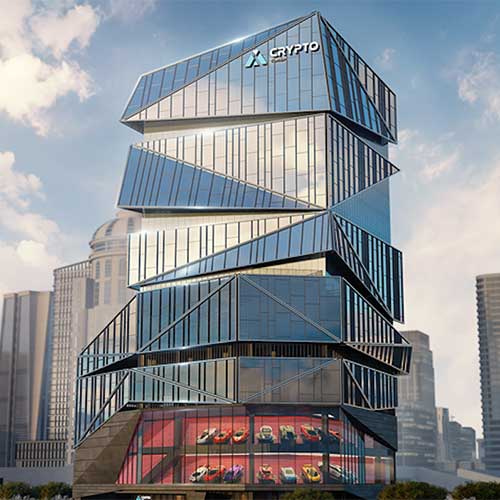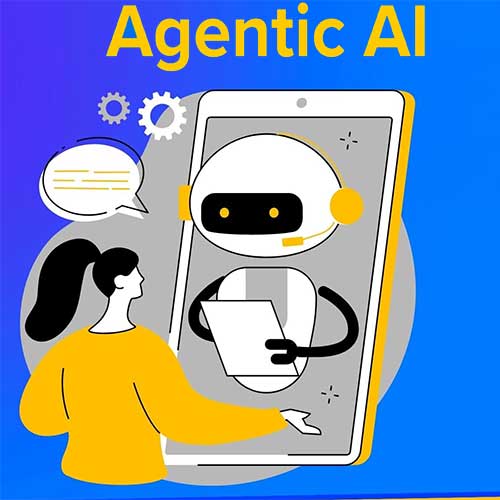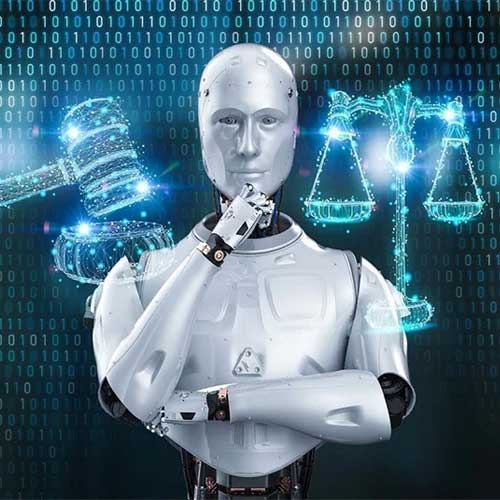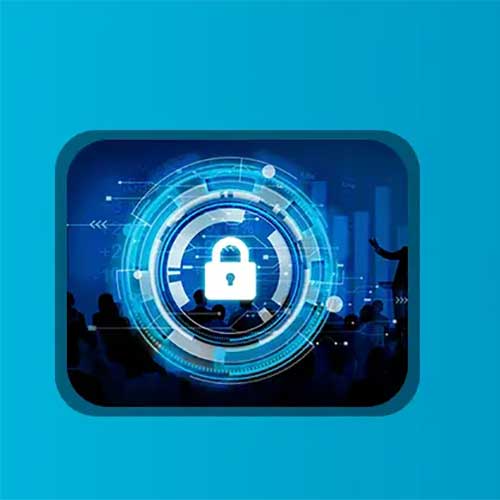
The purpose of User Experience (UX)is to bridge to a deeper connection with the user by identifying and understanding all of their needs and requirements. The main objective is to develop a product with the customer in mind. The end goal is tocreate better and more meaningful customer satisfaction bybuilding customer loyalty anddesigning products that are useful, easy to use, and delivers value to the customer. UX has evolved significantly over the last few years. Today, while designing a web interfaceor a mobile interface, the focus of an UX designer is not only the aesthetics part; but to determine how the user will use the product and how technology can provide an everlasting user experience.
UX, is the amalgamation of art, science and technology.
ART:
Artin UX goes beyond aesthetics such ascolors, shapes, layouts, metaphors etc.Art indicates a thorough understanding of the requirements of the users and presentsthe same in visuals. Visuals that a user can relate to easily and can perform his task more efficiently. Vision is the most dominant of all human senses; thus, visual and graphical elements will always be an essential part of UXdesign. While visual representations play a crucial role in catching the fancy of users; focusing exclusivelyon visuals is not enough for UI designers becausethey must equally focus on logical thinking.
However for visuals (art) to be effective, science must provide validation.
SCIENCE:
UX prospective science encompasses the understanding of the user mental model or logical thinking.A good user experienceshould influence the customers to explore more in order to establish a bond in addition to providing a personal touch with the goal ofmakingthem a brand advocate; and finally convertingthem to loyal customers. This is how the Ubers andFacebooks of the world have disrupted the competitors in experience design. Even a 60+ years old user should be able to use a product like a teenager of 17 years. The design of the interaction should reflect theusers‘offline experience and simplify the day-to-day life of its users.
One of the critical aspects of UX is understanding EMOTIONS-i.e., how we can engage users with systems, and fulfill their goals with happiness. You need to provide an incredible experience by capturing the user’s emotions.UI designers should comprehend the psychological standpoint of users in order to design an app or a website based on the needs of the users. In order to design utilizable interfaces, UI designers should research the factors that drive users to initiate certain behaviours.
Customer journey maps and personas facilitate a deeper comprehension of user behaviour and the way they interact with a device. Theseare helpful to designersby visualizing and designing a usable interface that delivers value.
TECHNOLOGY
With the advent of the Internet of Things (IoT), multiple connected devices are introduced every day to cater to the needs of users. Research has predicted an extraordinary 40-80 billion connected objects by 2020. Thus, UX designers are now thinking beyond screens and turning their focus to making the user experience responsive, engaging and clutter-free for aseamless and smooth user-experience. The emphasis is on facilitating data-driven business models, designing screen less IoT devices and simplifying analog interactions through more unified interactions. Simultaneously, in order to modernize the system of interaction, designers are leveraging intuitive movements, sounds, voice, gestures and much more. For example, the smart water bottle that works with your phoneto record your water drinking habitshelpsto keep you hydrated and healthy.
Today’s hyper-connected users expect a seamless experience across all the devices and channels.
Some Impactful Usability Trends in Digital Era-
Userexperience is the foundation stone of the digital era. The world of UXdesign is going through a rapid transformation and hence UX designers are leaving no stone unturned by embracing streamlined approaches and to keep pace with new trends.
* UX designers at present depend on Virtual Reality (VR) as well as Augmented Reality (AR) to facilitate natural interactions between users and devices. Both VR and AR have added a fresh dimension to ground-breaking mobile apps; thus, in order to explore new opportunities around app usability, UI designers are increasingly focusing on designing the UI of a virtual world.
* Users prefer devices that can feel, listen, and talk to them; thus, UXdesigners should keep this factor in mind and focus on making Artificial Intelligence (AI) as the new UX trend. According to Accenture Technology Vision 2017, AI is emerging as the new user-interface (UI) as 79% of businesses are of the view that AI will be transforming the way businesses acquire information and communicate with their customers. Today AI plays a key role in UI design becauseit makes customer interaction more personalised, natural, and effective.
* The increasing popularity of chatbots has given rise to conversational interfaces which are driving UX designers to focus on the essential elements of UXdesign such as- orientation, feedback, affordance, and so on. Personalization of communications and the way a chatbot behaves is a crucial part of user-experience. For example, a bot should interact in a natural tone and should amuse users only when the situation is appropriate. At the same time, bots should respond to users’ queries instantly and learn from the daily interactions. This establishes a solid rapport between a chatbot and the users by compelling users to “thank” the bot, even though they are aware of the fact that they are interacting with a machine.
The new generation of prototyping tools is enhancing the workflow of designers as they enable designers to devote adequate time to ponder the needs of end users instead of making a fresh start over again. Instead of emphasizing solely on the layout, designers will emphasize more on the interaction.
A strong emphasis on the on the above-mentioned factors help UXdesigners create a streamlined interface in order to rule the digital space andlive up to the expectations of their customers and target audiences.
Sumit Sheth
Head – Creative Imagineering
See What’s Next in Tech With the Fast Forward Newsletter
Tweets From @varindiamag
Nothing to see here - yet
When they Tweet, their Tweets will show up here.









